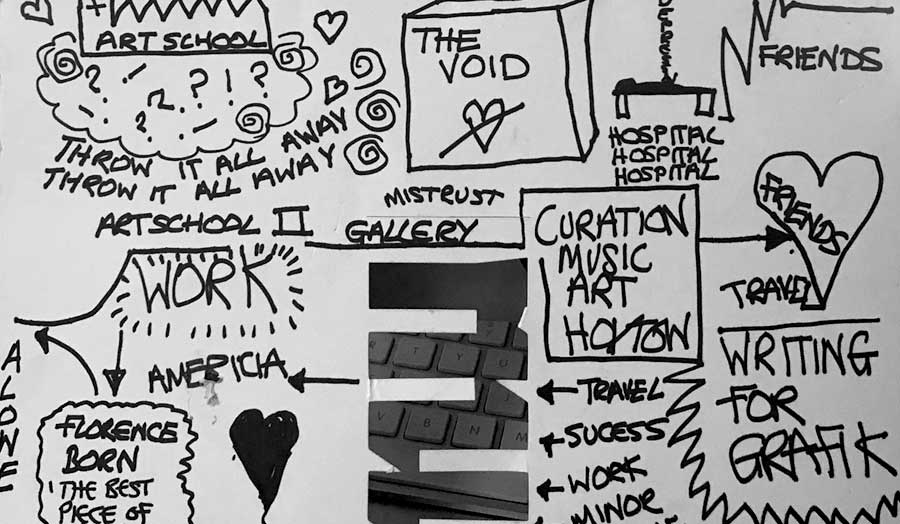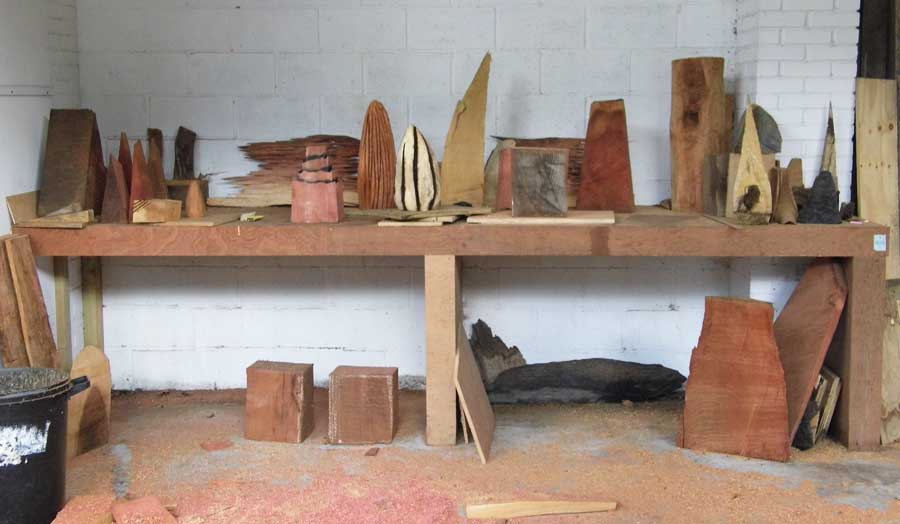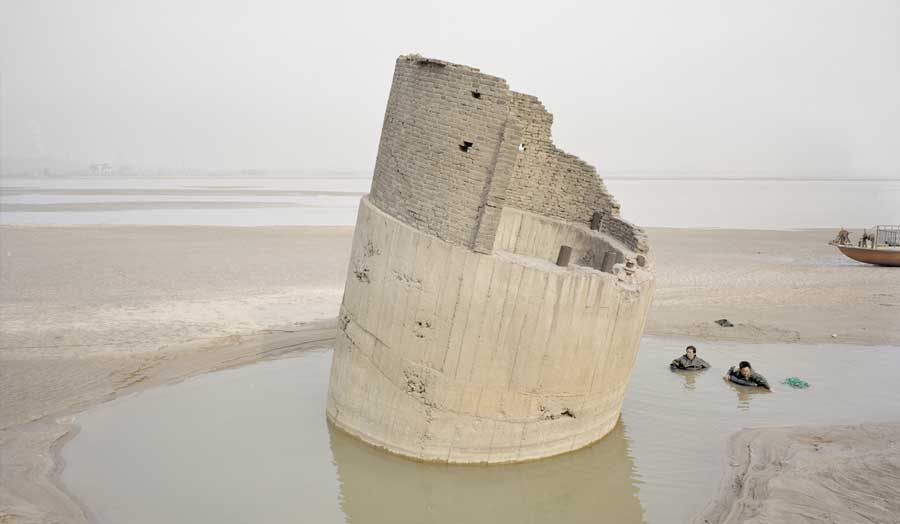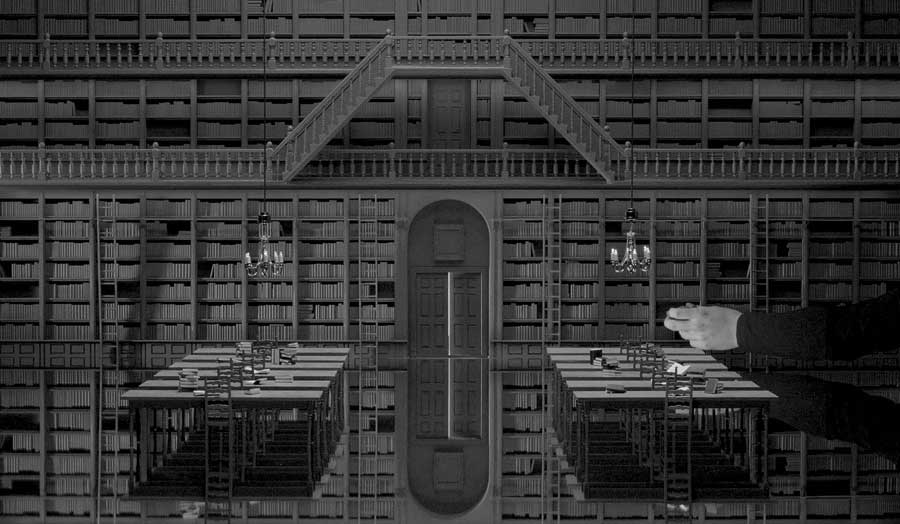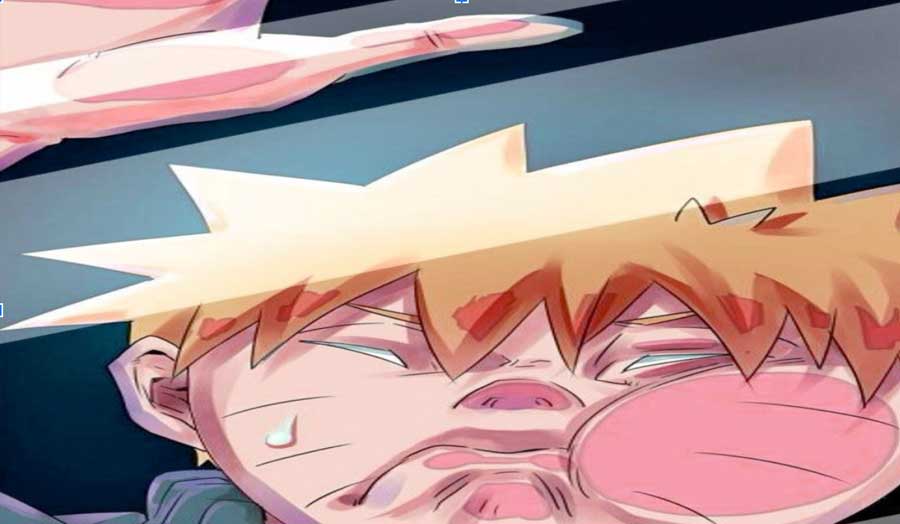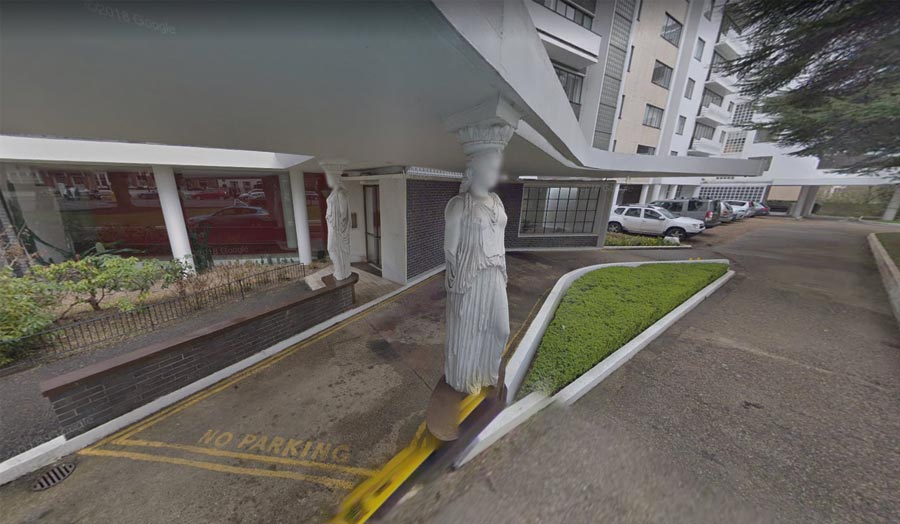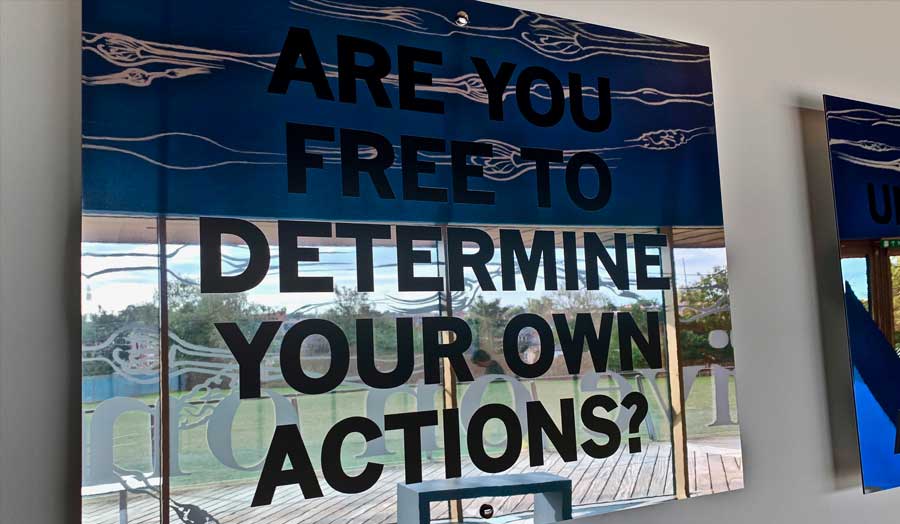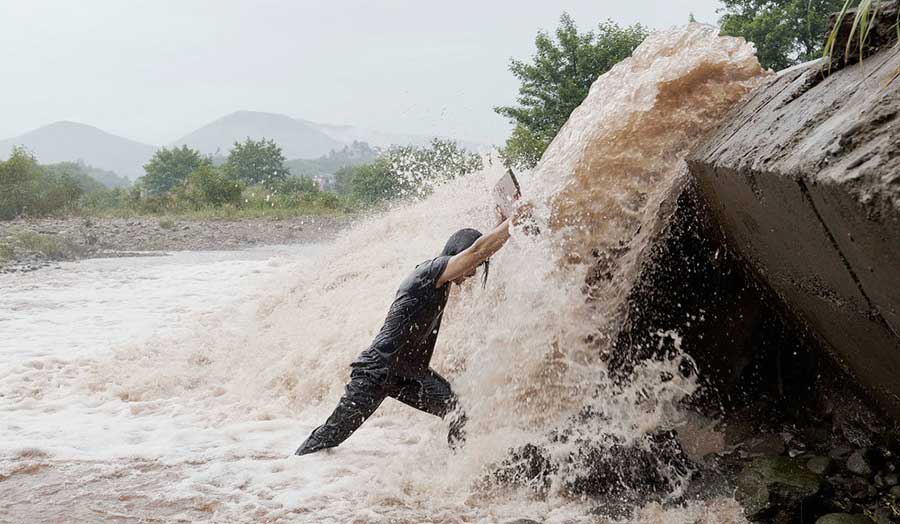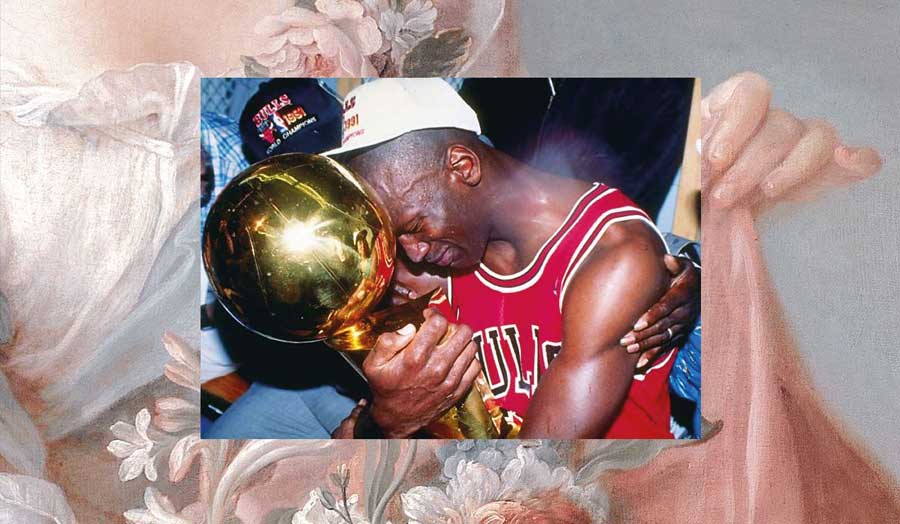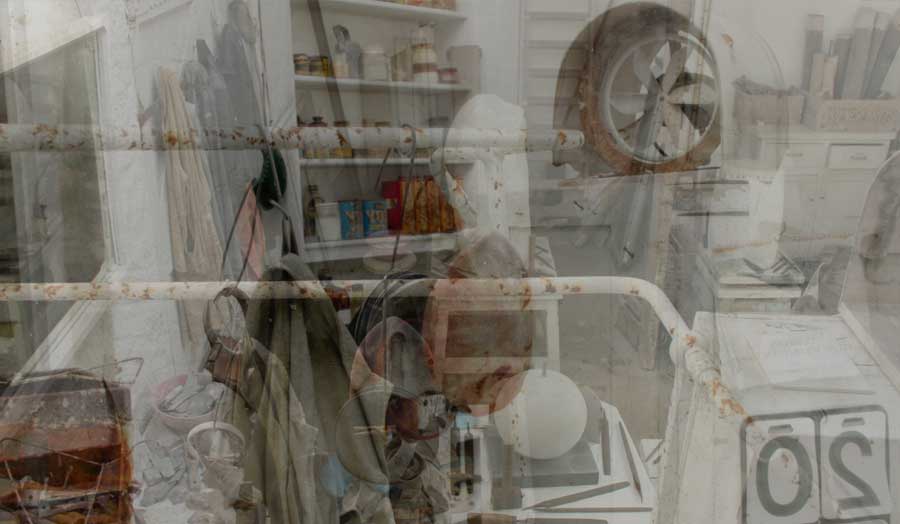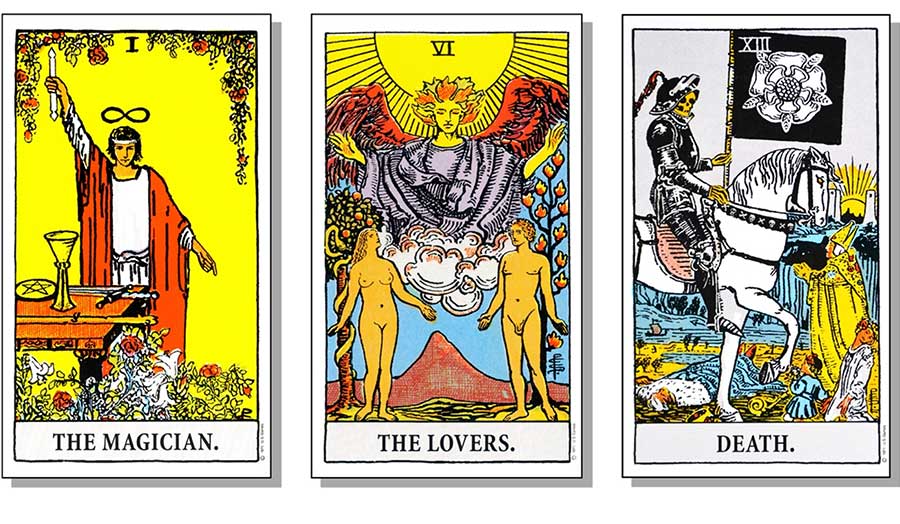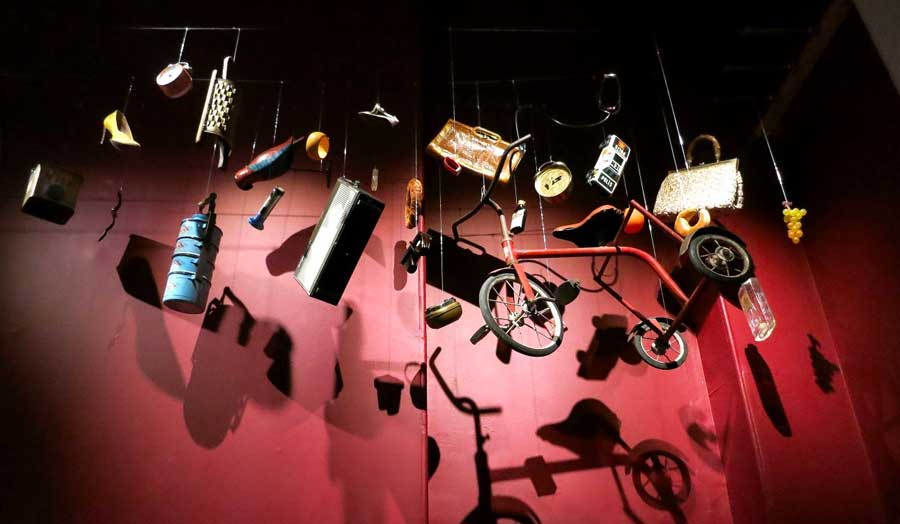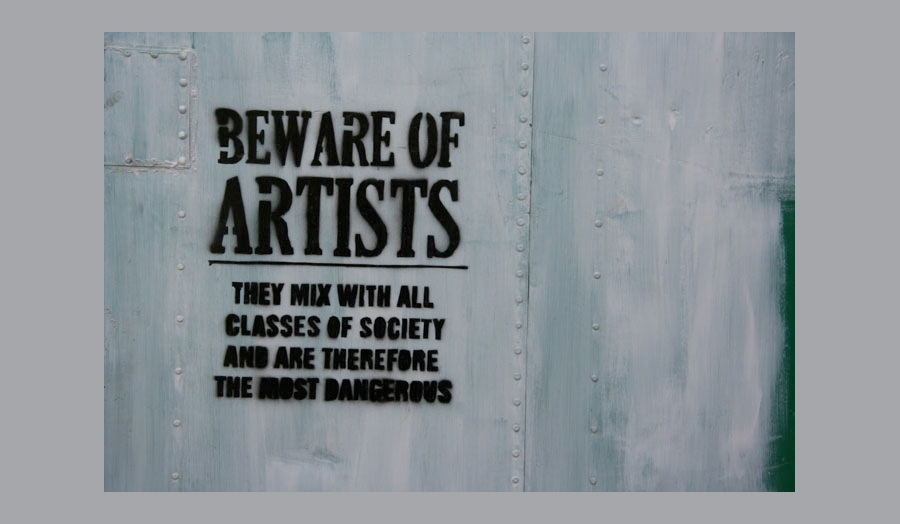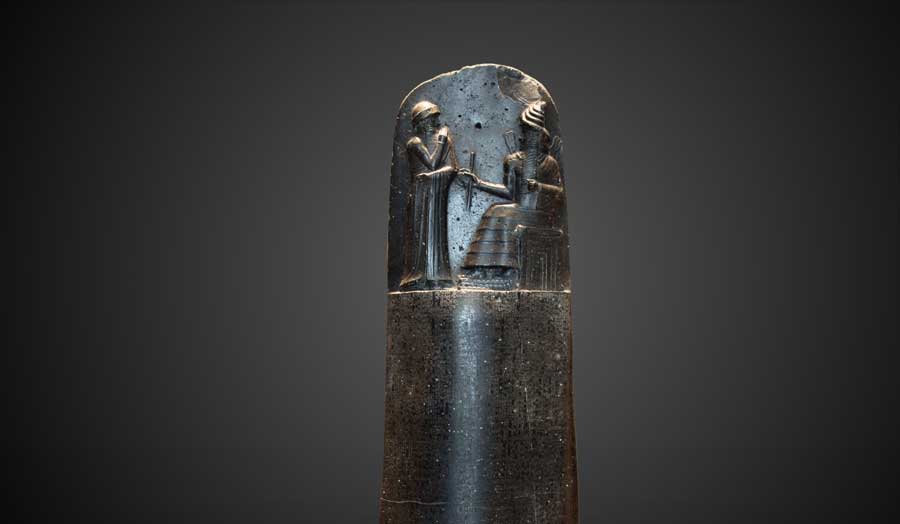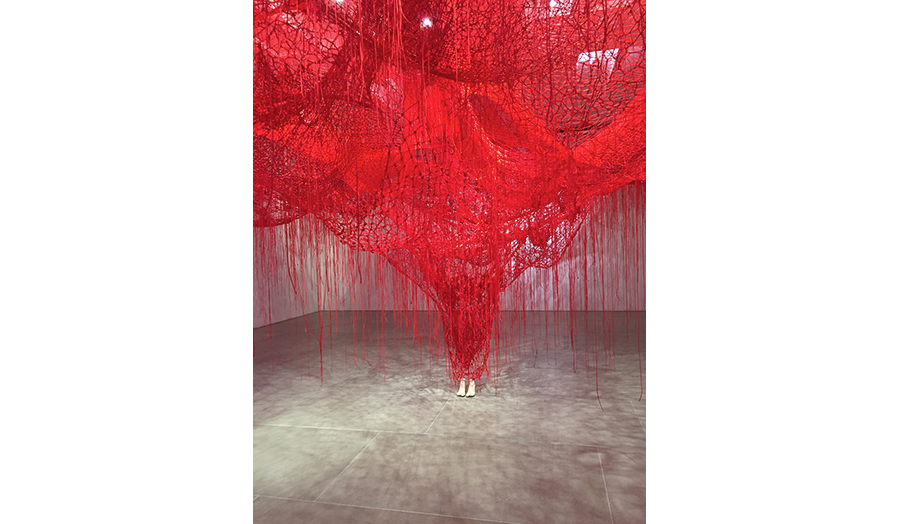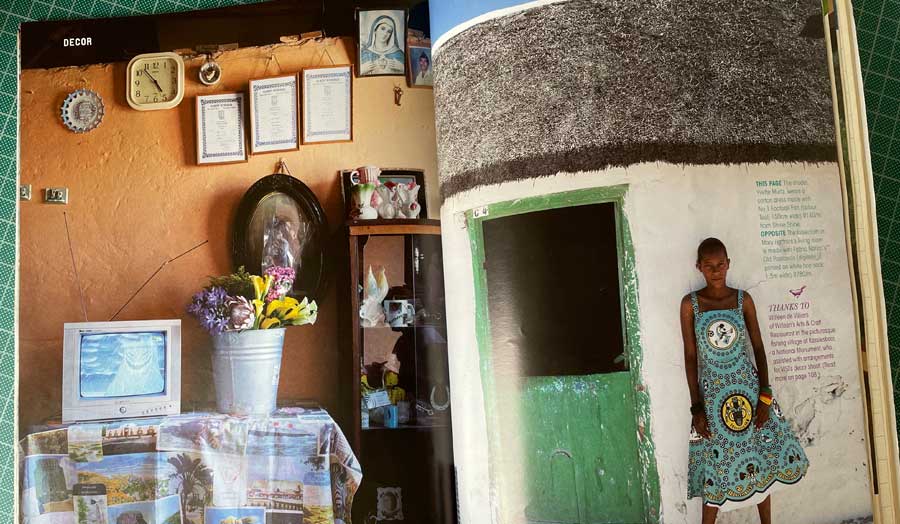James Payne
The last 18 months or so have changed our relationship to our environment, indoors and outdoors. Access to ‘fresh air’ in all its forms underlies our physical and mental health. This strange period coincides with a noticeable intensification of materialist and consumer-driven technical progress in the outdoor equipment design industries. Depending on the data stored in huge servers you may, like me, spend some time scrolling through targeted forms of advertising on social media. ‘Outside is free’ as a popular ‘tag’ describes this endless movement across the terrain, through the air and over the water of our spectacular planet. The business model of these athletes or ‘influencers’ providing this content means they receive clothing, equipment, food and supporting technologies from companies in exchange for sharing their image and expertise.
Outside is indeed free, but you need the skills, the kit, the knowledge and ideally ‘the look’ to fit into this world. In this dissertation studio we will investigate how architecture, furniture, clothing and product design shapes the work, living and leisure cultures they support. How these have influenced our relationship to our environment and indeed how this relates to resources at a local and geo-political level.
In 1965, the architectural historian Reyner Banham (who had cultivated an eccentric image of a bearded man in glasses on a Brompton bicycle) was invited to speculate on the nature of American domestic living for the magazine Art in America. The most memorable image from this article entitled A Home is not a House was produced in collaboration with French architect Francois Dallegret. The "Unhouse, A transportable standard of living package" featured a zorb-like inflatable bubble perched on a rock. Several cross-legged Banhams sit around a mobile console, supposed to provide heat, power, cooking and entertainment. It is a powerful image, but a nonsense reality – even now. The practical and technical questions about how it would work are many, even with the huge research and design budgets of NASA – this would have been far from achievable in the mid-60s.
Banham liked to be on ‘the scene’ and as his career led him to America he gravitated towards the Southern Californian counter-culture around surfing, hot rods, pop art and the mobile lifestyle of the Los Angeles freeway system. The post-war baby boomer generation could take advantage of the military-industrial advances and sacrifices their parents had made winning WW2 – by having fun and defining their own way of life. At the same time the considerable environmental costs of a modern consumerist lifestyle were starting to become apparent. Forest fires threaten the homes of present-day California, compounding an already severe housing crisis. For some, living outdoors is not a positive choice.
Today you only have to look on YouTube to find good approximations of Banham’s illustration and how it actually might work in reality. You can upload your own reviews of consumerist goods, demonstrate in a performative way how they support a way of life or sporting pursuit. Two middle aged Korean men sit making Ramen noodles by the shores of a frozen lake next to their tents. Even though it is winter, they are ridiculously well kitted out and self-sufficient. Presumably they have left their families at home for the weekend, two technological geeks revelling in the ceremonial assembly, use and disassembly of their make-shift camp.
At the end of this commune with nature, they collapse their tents and fold up their solar panels. All traces are removed and they return to their normal lives.
Watch
- Reyner Banham Loves Los Angeles BBC Documentary, 1972
- Korean Winter Camping YouTube film by Camping Together, South Korea, 2021
- Pandemic Pas de Chever - Ski Fly Mission! Film by Dave Searle, IFMGA Guide, 2021
- Emelie Forsberg Achieving the Fastest Known Time on Kungsleden Trail Film by Salomon TV, 2019
- Bitter Lake, Adam Curtis, 2015
- Fifty project van review, Cody Townsend, 2021
Suggested reading
- Reyner Banham (Illustrated by François Dallegret), A Home is not a House, Art in America, 1965
- Inaki Abalos. The Good Life: A Guided Visit to the Houses of Modernity, Editiones Gustavo Gili, 2001
- Reyner Banham, The Architecture of The Well-Tempered Environment, University of Chicago Press, 1969
- Reyner Banham, Los Angeles, Architecture of Four Ecologies, Harper & Row, 1971Y
- Joachim Krausse, Claude Lichtenstein (eds.) Your Private Sky, Buckminster Fuller, Lars Müller Publishers, 1999
- Mark Pimlott, Without And Within: Essays on Territory and the Interior, NAI Publishers, 2007
- OASE no.64, Landscape and Mass Tourism issue
- Alison and Peter Smithson, AS in DS, An Eye on the Road, Delft University Press, 1983
- Nick Hayes, The Book of Trespass, Crossing the Lines that Divide Us, Bloomsbury, 2020
*
Studio image: James Payne’s tent on the shores of a Scottish Loch. Banner: Hans Op de Beeck, Staging Silence (3), video still (detail), 2019
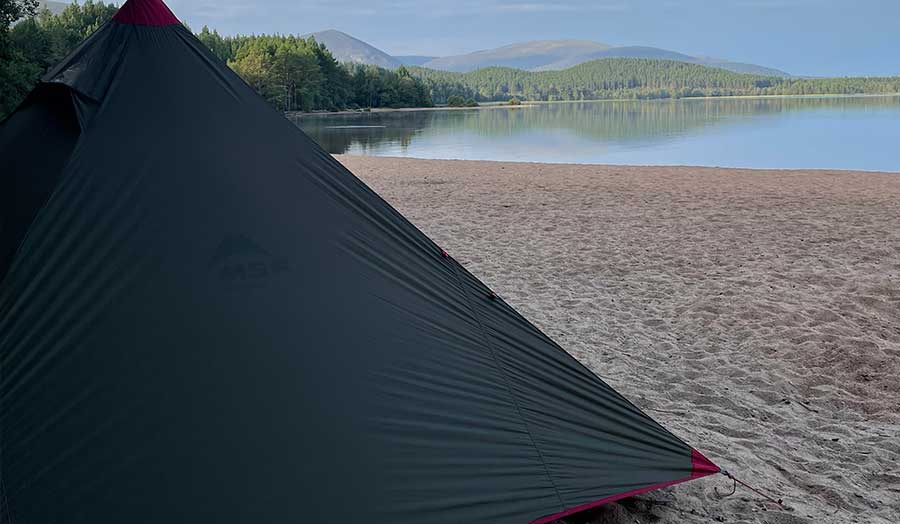
Details
| Tutor | James Payne |
|---|

-(1)-(1)-(1).jpg)
